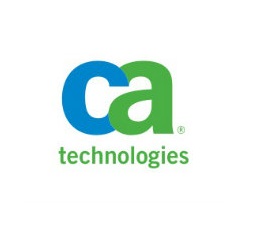How Self-Checkout Technology and Other Point of Sale Innovations Help Businesses
Most of us have, by now, tried using the self-checkout in a supermarket. Self-checkouts are becoming more and more popular among other types of retail outlets too, and we are also starting to see self-checkout-style point of sale technology implemented in other places – for instance, in fast food restaurants and drive-thrus, in hotels and in airports, allowing people to check in and out fast, and at gas stations.
Customers and Self-Checkout Tech
For the most part, point of sale systems are well received by customers, assuming it works well. Bad POS technology can become a bugbear, for example, many people complain when supermarket self-checkouts have issues with weighing their purchases and complain about ‘unexpected items in the bagging area’. As the technology matures, these issues should become fewer.
Additionally, developers of POS technology are now dealing with an audience that is far more comfortable with using touchscreens or working with systems themselves, thanks to the smartphone revolution. 15 years ago, it would have been possible to make systems where people could scan the barcodes on their own shopping, but many users would have been put off by having to do this or by having to order their drive-thru food using a computer system instead of talking to a person.
How Does All This Benefit Businesses?
Customers see a few benefits from POS tech like this, mostly in terms of reduced waiting time to pay. Self-checkout units take up less space than full cashier desks with conveyor belts and room for an employee to comfortably sit, so more of them can be installed in a shop, and they can be kept open at all times regardless of staff shifts, so customers almost always get through faster with shorter queues. This is an advantage for businesses in terms of offering greater convenience.
The other main advantage is that it takes fewer people to serve customers well. One member of staff can supervise four self-checkouts (dealing with ‘unexpected item’ glitches, for instance, removing security tags from expensive items, and checking ID if people are buying alcohol or other restricted products).
This can save on wages in shops, but can also mean that if the same staffing levels are maintained, people can be deployed to do other things that make the shop, restaurant or hotel run more efficiently at busy times, rather than all rushing to man the POS.
More Flexibility
Another benefit of self-checkout style technology is that it can mean a business has more options in terms of how it operates. Needing fewer staff working the customer-facing jobs at one time can mean that longer opening hours could become possible without extra staff overheads, as shifts can be staggered in different ways. Out of hours services can also be offered using self-service methods. For instance, people can check into their hotel very late at night without there needing to be a receptionist working at that time, so a hotel won’t need to restrict guests to check in before a certain time or out before their main staff start in the morning.
As you can see, self-checkout innovation offers a lot to businesses and customers alike, and so is likely to be an area we see a lot more development and uptake in this year.



